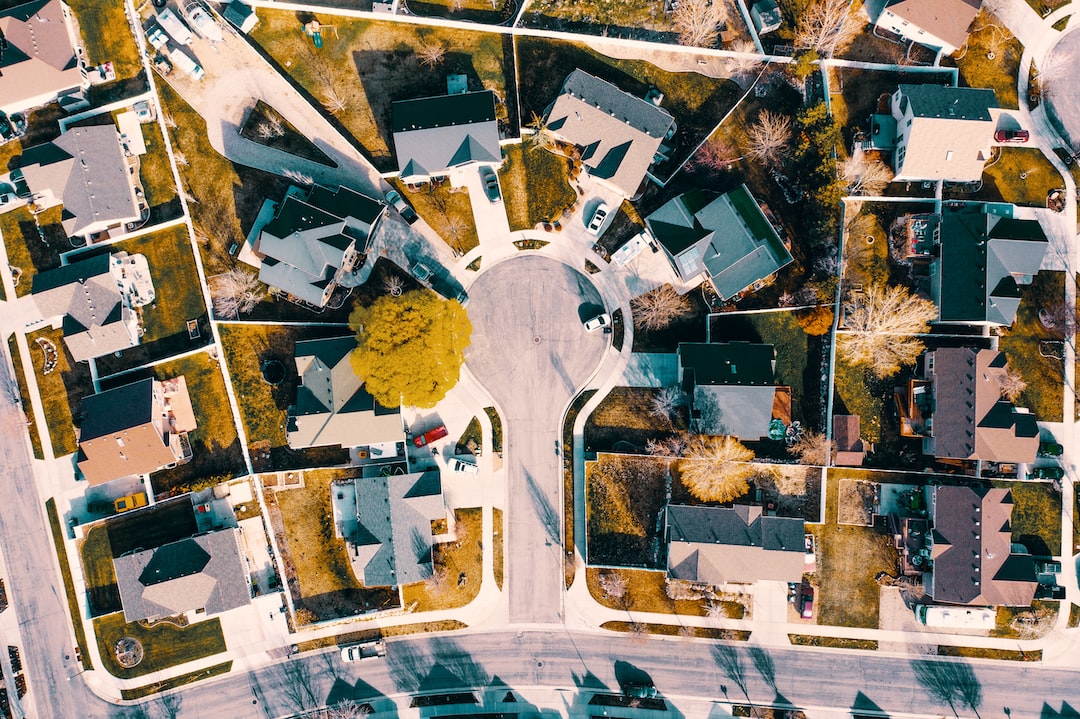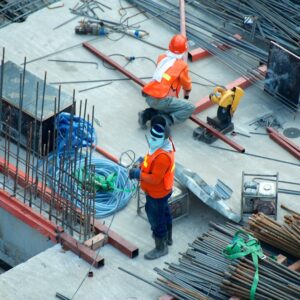Real estate is an investment that creates wealth through equity and cash flow. It can also positively impact a neighborhood and enhance its social fabric. Revitalizing neighborhoods requires a process that values longtime residents’ visions of neighborhood change and avoids displacement.
Equity
Real estate investments can provide a solid return on investment. This is largely because property values generally appreciate over time, and government policy incentivizes homeownership through tax deductions and credits. Unlike other investment assets, real estate is relatively easy to finance with conventional mortgages or hard money loans from licensed lenders. Moreover, new business platforms are making it easier for consumers to become landlords and invest in multifamily and commercial properties without coming up with tens of thousands in cash upfront. As such, property ownership is one of the most accessible ways to build wealth.
Cash Flow
Cash flow is the love child between a property’s income and expenses. It’s what is left over from rental revenue after typical operational expenditures and debt payments are made. Real estate investors like Steven Taylor Los Angeles are incentivized to maximize their properties’ cash flow. This can be achieved by increasing rent, decreasing expenses, or both. One common technique to increase property rents is performing a market analysis and adjusting monthly rent rates to align with local market trends. Adding non-rent revenue streams like coin-operated laundry or soda vending machines can also help improve cash flow. Tenant turnover is another factor that can reduce cash flow. Each time a tenant vacates the space, fixing and preparing the unit for new tenants takes money. Lastly, high property taxes can also negatively impact cash flow.
Social Impact
Many real estate investors, such as Steven Taylor LA, are integrating social value into their portfolios. This often involves focusing on the ‘S’ of ESG, or Sustainability, while providing a solid financial return for their investors. For example, investors may focus on community sustainability by building properties near public transportation hubs and service areas. This makes it easy for residents to get around without needing a car and reduces carbon emissions. Other types of social impact can include using local contractors for construction, ensuring that jobs are kept in the area, and supporting small businesses in the neighborhood. This enables the property to become an important philanthropic contributor in its surrounding community, helping to improve people’s lives. Impact measurement and management are key to any successful social impact strategy. This allows for better transparency, improved decision-making and greater accountability. It also ensures that an investment aligns with the investor’s values.
Tax Benefits
The allure of vibrant neighborhoods with trendy restaurants, cultural venues and green spaces attracts businesses that want to be a part of the revitalization. Redeveloping vacant neighborhoods can attract new residents and boost local economic activity. However, it’s important to consider how investment and redevelopment could lead to displacement. To help reduce the risk of gentrification and displacement, cities need to take proactive steps to support neighborhood stabilization. This includes creating a development process that allows community members to identify the housing and services they need, respects their vision of neighborhood change, and gives them power over decision-making.
Other measures include rent control, which protects tenants from sudden increases in their rent, establishes maintenance standards and limits security deposits, and promotes tenant organizing. NLIHC also advocates for longer affordability requirements in federal housing programs, making it easier to keep homes affordable for low-income residents.





